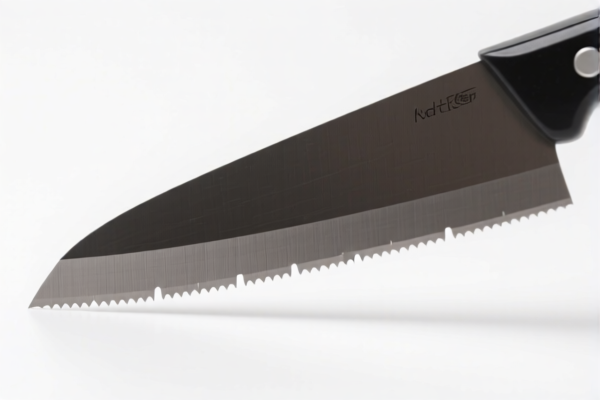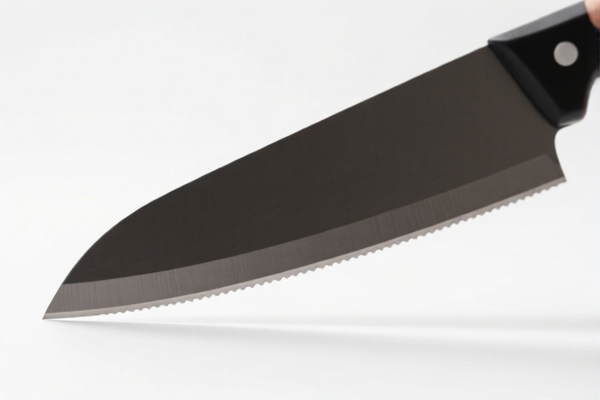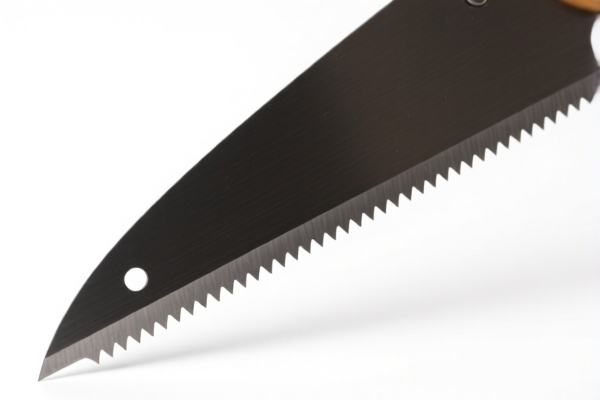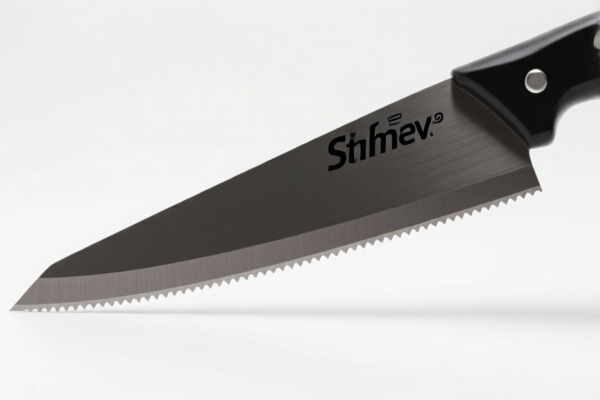| HS Code | Official Doc | Tariff Rate | Origin | Destination | Effective Date |
|---|---|---|---|---|---|
| 8201500000 | Doc | 1¢ each + 2.8%+55.0% | CN | US | 2025-05-12 |
| 8201600000 | Doc | 1¢ each + 2.8%+55.0% | CN | US | 2025-05-12 |
| 8203300000 | Doc | 55.0% | CN | US | 2025-05-12 |
| 8203406000 | Doc | 58.3% | CN | US | 2025-05-12 |
| 8301406060 | Doc | 43.2% | CN | US | 2025-05-12 |
| 8308909000 | Doc | 57.7% | CN | US | 2025-05-12 |




Gardening Pruning Shears
Gardening pruning shears, also known as hand pruners or secateurs, are a manual garden tool used to trim plants, bushes, and small trees. They are essential for maintaining plant health, improving flowering and fruiting, and shaping vegetation.
Material
Pruning shears are constructed from several materials, each offering different properties:
- High-Carbon Steel: Provides strength and durability for cutting thicker branches. Often used in bypass pruners. Can be prone to rust if not properly maintained.
- Stainless Steel: Offers corrosion resistance, making them suitable for humid climates or frequent use with potentially corrosive plant matter. May be less strong than high-carbon steel.
- Aluminum Alloy: Used for handles, providing lightweight construction.
- Forged Steel: Offers exceptional strength and longevity, typically found in professional-grade tools.
- Handles: Commonly made of plastic, aluminum, or coated steel for comfortable grip and ergonomics.
Purpose
The primary purpose of pruning shears is to:
- Remove dead or diseased growth: Prevents the spread of disease and encourages healthy growth.
- Shape plants: Maintains desired size and form.
- Improve air circulation and sunlight penetration: Promotes overall plant health and reduces the risk of fungal diseases.
- Encourage flowering and fruiting: Removing spent blooms or unproductive growth can stimulate new growth.
- Harvesting: Used for cutting herbs, flowers, and small vegetables.
Function
Pruning shears operate using leverage and a sharp blade to cleanly cut stems and branches. The two main cutting mechanisms are:
- Bypass Pruners: Function like scissors, with two blades sliding past each other. They make a clean cut and are ideal for live growth. They provide more precision.
- Anvil Pruners: Have a single blade that closes against a flat anvil. Suitable for dead or dry wood, as they can crush rather than cleanly cut live stems.
Usage Scenarios
- Rose pruning: Removing dead or crossing canes to improve air circulation and promote flowering.
- Fruit tree maintenance: Pruning to shape the tree and encourage fruit production.
- Shrub shaping: Maintaining desired size and form.
- Herb harvesting: Cutting herbs for culinary use.
- General garden tidying: Removing dead or diseased foliage.
Common Types
- Bypass Pruners: The most common type, suitable for a wide range of pruning tasks. Available in various sizes and blade configurations.
- Anvil Pruners: Best for dead wood and thicker branches.
- Ratchet Pruners: Feature a ratcheting mechanism that allows for progressive cutting with less effort, ideal for those with limited hand strength.
- Gear-Driven Pruners: Similar to ratchet pruners, providing increased cutting power.
- Long-Handle Pruners: Offer extended reach for pruning higher branches without a ladder.
- Floral Pruners: Specifically designed for harvesting flowers with sharp, angled blades to prevent damage.
- Dial-a-Cut Pruners: Allow the user to adjust the blade opening to accommodate different stem sizes.
Gardening pruning shears fall under hand tools used in horticulture. These tools are designed for cutting and shaping plants, typically with one or two-handed operation.
The following HS codes are relevant:
- 8201500000: This HS code covers “Secateurs and similar one-handed pruners and shears (including poultry shears), and parts thereof”. This is applicable to smaller, one-handed pruning shears commonly used for garden maintenance. The tool is categorized under Chapter 82 (Handtools), Heading 01 (spades, shovels, etc.), and Subheading 50 (secateurs and pruners). It has a base tariff of 1¢ each + 2.8%, with an additional 25.0% duty, increasing to 30.0% after April 2, 2025, resulting in a total tariff of 1¢ each + 2.8% + 55.0%.
- 8201600000: This HS code covers “Hedge shears, two-handed pruning shears and similar two-handed shears, and parts thereof”. This applies to larger, two-handed pruning shears used for thicker branches or hedges. It is also categorized under Chapter 82 (Handtools), Heading 01 (spades, shovels, etc.), and Subheading 60 (hedge shears and two-handed shears). The tariff structure is identical to HS code 8201500000: a base tariff of 1¢ each + 2.8%, with an additional 25.0% duty, increasing to 30.0% after April 2, 2025, resulting in a total tariff of 1¢ each + 2.8% + 55.0%.
Regarding both HS codes 8201500000 and 8201600000, please note the additional duties that will be applied after April 2, 2025.
Customer Reviews
No reviews yet.